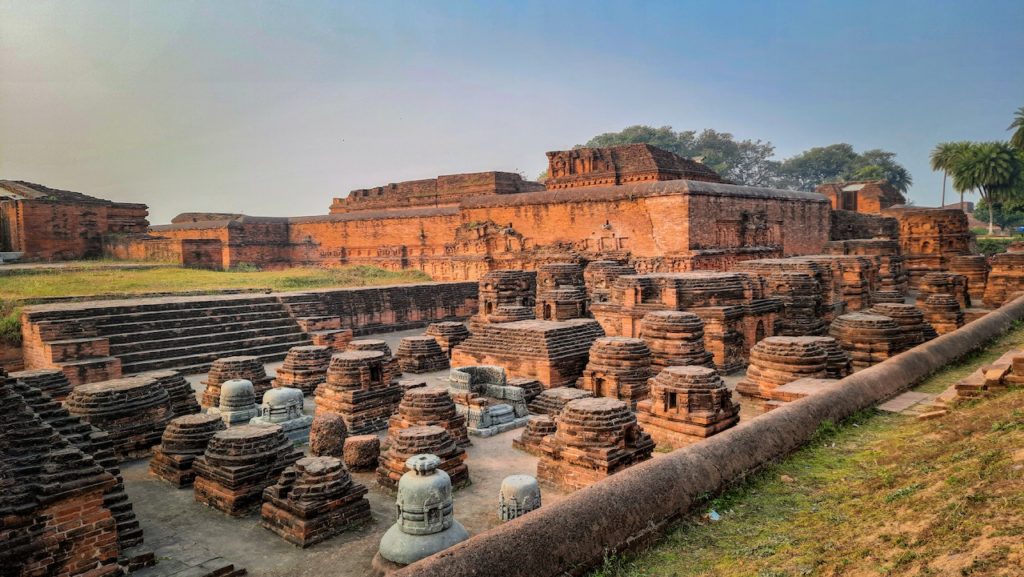Introduction
Indian manuscriptology is the study of ancient Indian manuscripts, including their production, preservation, and interpretation. Manuscripts are handwritten documents that date back to ancient times and provide valuable insights into Indian history, culture, and philosophy. This research article aims to explore Indian manuscriptology, its significance, and its impact on preserving and understanding India’s literary heritage.
Indian Manuscripts
Indian manuscripts are an important source of information on ancient Indian culture, religion, and literature. They are written in various Indian scripts, including Devanagari, Brahmi, and Tamil, and are made of materials such as palm leaves, birch bark, and paper. The oldest known Indian manuscripts date back to the 3rd century BCE, and they have been discovered in various regions of the Indian subcontinent.
Indian manuscripts cover a wide range of topics, including philosophy, religion, medicine, history, and literature. They provide valuable insights into the beliefs, practices, and traditions of ancient Indian society. Indian manuscripts have also contributed to the development of various fields of knowledge, including mathematics, astronomy, and linguistics.
Production and Preservation
The production and preservation of Indian manuscripts were primarily the responsibility of monastic communities and royal courts. Monks and scribes were trained in calligraphy and manuscript production, and they copied texts by hand. The manuscripts were then stored in monasteries, temples, and libraries.
The preservation of Indian manuscripts has been a significant challenge. Many manuscripts have been lost over time due to natural disasters, wars, and neglect. However, efforts have been made to preserve and digitize Indian manuscripts. The National Mission for Manuscripts was established in India in 2003 to preserve and promote India’s manuscripts’ knowledge systems. Many libraries and institutions in India and abroad have digitized Indian manuscripts, making them accessible to scholars and the general public.
Interpretation and Study
Indian manuscriptology involves the interpretation and study of Indian manuscripts. Scholars study Indian manuscripts to understand ancient Indian culture, philosophy, and literature. They analyze the manuscripts’ content, language, and script and compare them with other manuscripts and literary works. The interpretation of Indian manuscripts requires expertise in the relevant language, script, and subject matter.
Indian manuscriptology has contributed to various fields of knowledge. For example, the study of Indian mathematics manuscripts has led to the discovery of ancient Indian mathematical concepts and methods, such as the zero and the decimal system. The study of Indian medical manuscripts has led to the discovery of ancient Indian medical practices and the use of herbal medicine.
Conclusion
Indian manuscriptology is an essential field of study that plays a significant role in preserving and understanding India’s literary heritage. Indian manuscripts provide valuable insights into ancient Indian culture, religion, and philosophy. The production and preservation of Indian manuscripts were primarily the responsibility of monastic communities and royal courts. However, many manuscripts have been lost over time, and efforts have been made to preserve and digitize them. Indian manuscriptology involves the interpretation and study of Indian manuscripts, contributing to various fields of knowledge.
References:
- Banerjee, G. N. Indian Palaeography. Firma KLM Pvt. Ltd., 1979.
- Datta, A. K. Indian Manuscripts. Sahitya Akademi, 1993.
- Das, S. K. Indian Manuscriptology. National Book Trust, 1997.
- Kumar, S. P., and K. V. Raman. Indian Manuscripts: A Bibliographical Survey of Oriental Libraries in India. South Asia Books, 1992.
Bibliography:
- National Mission for Manuscripts. (n.d.). Retrieved February 23, 2022, from https://www.namami.gov.in

